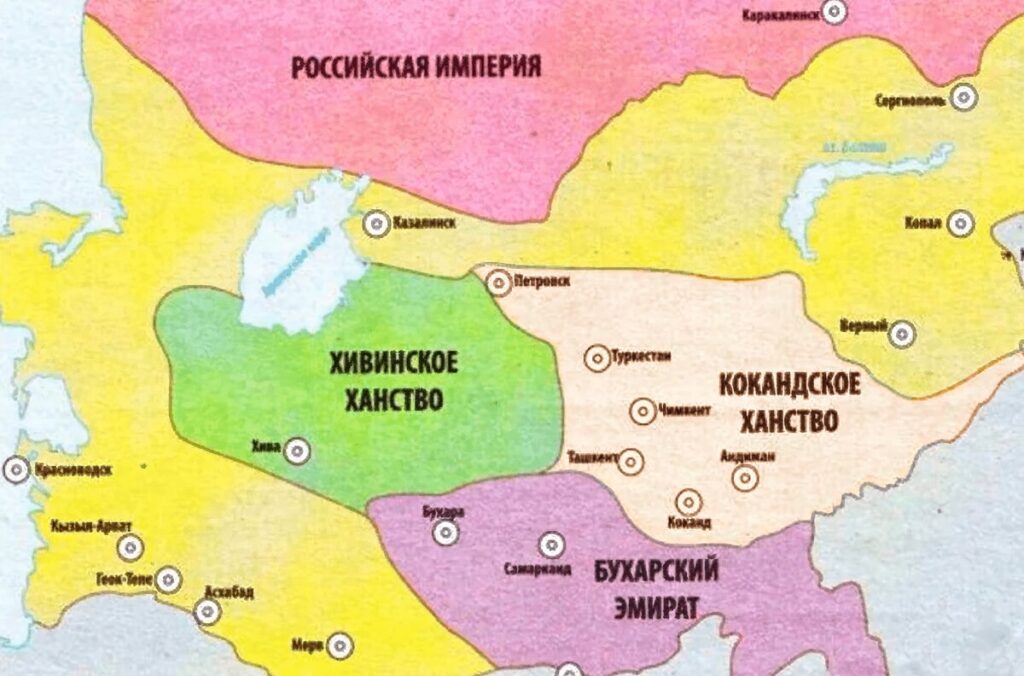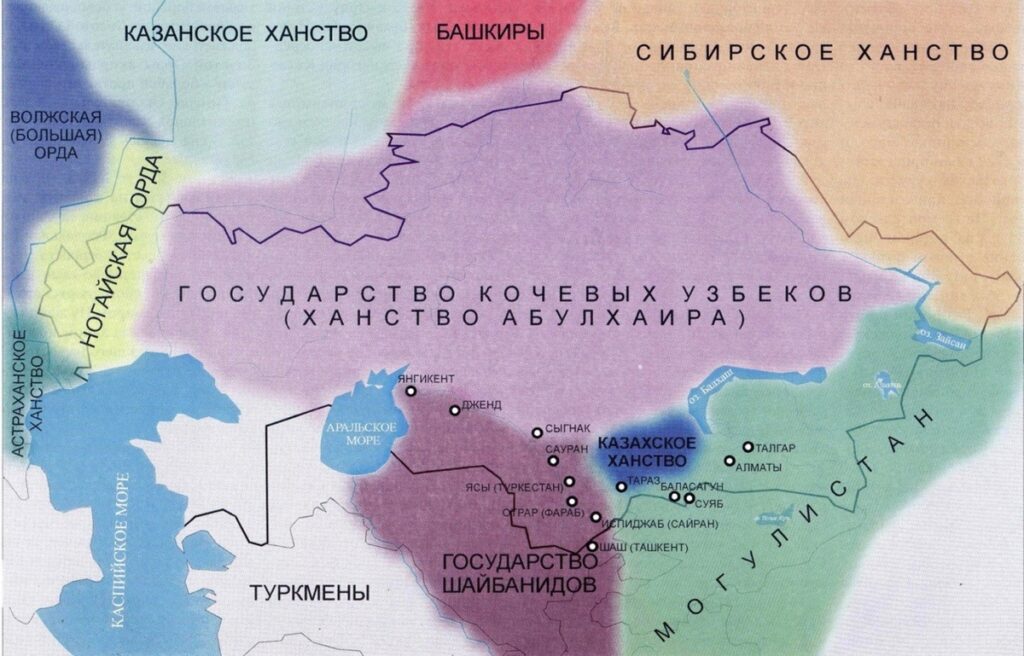Before the Russian conquest, there were three states in the settled part of Central Asia: the Khanates of Khiva and Kokand, and the Emirate of Bukhara. In each of them the ethnic composition of the population was very motley. Along with the Tajiks, there were many Turkic groups of one origin or another.

Therefore, there, as throughout the east, national self-determination was difficult, and the basis of personal identification was belonging to the Islamic faith. People did not feel themselves to be a single nation in the modern sense, but instead were divided by territories and cities: Bukharans (in the narrow sense), Samarkanders, Andijans, Tashkenters, Hissar, Khivinians — there was no broader perception of belonging. Although the culture was more or less the same, not to mention the dialect.
On the contrary, the Soviet authorities set themselves the goal of creating political nations of a new type. And, it must be said, it successfully coped with it. All settled Turks of the region, speaking the language of the Karluk group, were called Uzbeks in the 1920s and 1930s. They established their own republic, the Uzbek SSR, and created a common literary language. In the following decades, this led to the cohesion of the ethnos, and people began to perceive themselves as one people for the first time.
However, before that there was no such term — Uzbeks were a nomadic tribe that came from another country and seized power in Bukhara, Kokand and Khiva. It founded the ruling Uzbek dynasties there, but did not pass its name to the local sedentary population. Even their common name was almost forgotten over time, and in the 18th and 19th centuries they called themselves by their clans.
Who were the medieval Uzbeks?
The agricultural regions of Central Asia began to be colonized by the nomadic world already since the foundation of the Turkic Kaganate. At one point or another, many natives of the Great Steppe settled here and assimilated the natives and adopted a settled life themselves.
In terms of numbers and political influence, clans of Karluk origin, representatives of one of the largest tribal unions of the early Middle Ages, prevailed. In general, about a thousand years ago, the Uzbek ethnos had already formed, although it did not yet bear this name.
As for the Uzbeks proper, they were formed in the Golden Horde, more precisely, in its eastern part. It was a relatively independent and self-governing part of the Juchi ulus, which enjoyed a fair share of autonomy characteristic of that era. All the more so because the center of this steppe empire was the Volga region.
People there called themselves Tatars — the geographical reference appeared later, after the disintegration of the country. But in the east this name did not take root, especially since the great khans there did not have much power. Everything changed when Uzbek Khan, known by his Muslim name Sultan Giyas ad-Din Muhammad, sat on the throne.

He decided to convert all his possessions to Islam, which he appointed as the official religion. This required more than one war — the local Chingizids cherished their rights and liberties. But in the end the last steppe pagans still accepted the new faith.
Since then they were called Uzbeks — it is quite typical for Turkic peoples to take a name in honor of their leader — Uzbeks, Ottomans, Nogais. When the Golden Horde split into many parts, a new hegemon appeared in the region — the Uzbek Khanate, which historians also call the state of Abulkhayr by the name of its most famous ruler.
But it cannot be said that the name has strongly stuck, at least not to all subjects. Therefore, depending on the author’s opinion, this union of tribes can be called Uzbeks-Kazakhs, Kazakhs-Uzbeks, because these are the peoples that came out of it. Also, the Nogais had a close origin.
Within this complex association there were various Turkic, Mongolian and Scytho-Iranian clans, later Turkicized and passed to the language of the Kipchak group. At the junction of the 15th and 16th centuries, they lost the struggle to the Kazakhs and were forced to migrate.
The Uzbeks conquered the Timurids’ possessions in Khorezm and Maverannahr, establishing three new countries there. Each was ruled by an Uzbek dynasty, but the ruling family and the people are somewhat different things. Nevertheless, the sedentary Turks, who used the Karluk dialect, did not have a unified self-name. Therefore, the name of medieval Uzbeks began to be used in the USSR, although there were other variants. In any case, the word caught on.

Lacaians
But even now in Central Asia there are still unassimilated descendants of those Uzbeks — these are people of more oriental, «Mongolian» appearance, they speak their own Kipchak dialects, not very similar to the standard Uzbek language, and live mainly in mountainous regions outside the old agrarian areas, where they were originally engaged in distant cattle breeding, but in the 19th century began to practice farming. In Tajikistan, these people are called Lacaians, and they differ from urban Uzbeks in quite a number of ways.
